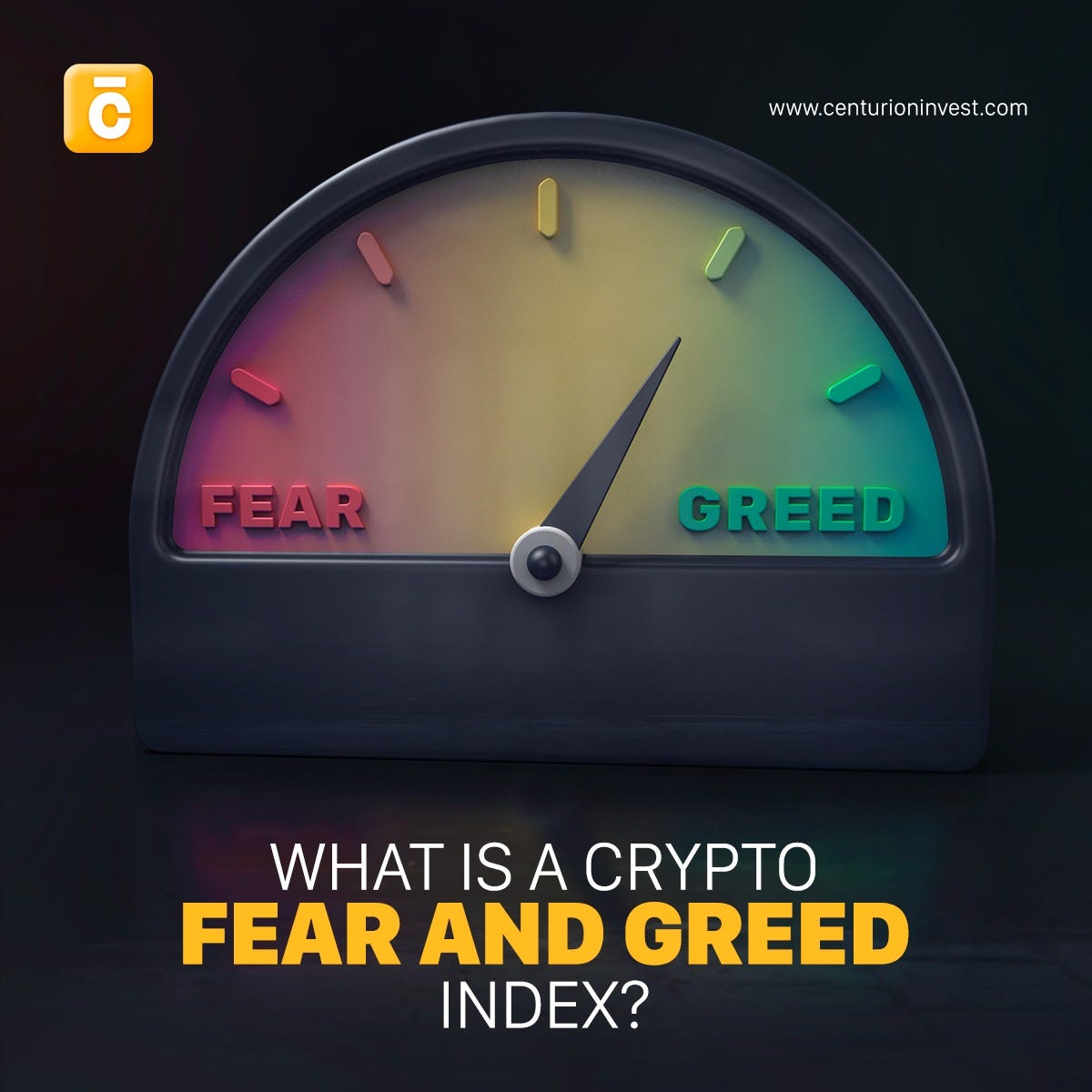Understanding the Crypto Fear and Greed Index

In the ever-evolving world of cryptocurrencies, human emotions play a pivotal role in shaping market dynamics. Fear and greed, two fundamental emotions deeply ingrained in our psychology, can significantly influence our decision-making processes. In this article, we delve into the intricate interplay of these emotions within the crypto market and explore the Fear and Greed Index — a powerful tool designed to quantify their impact on market sentiment.
Fear and Greed in Crypto Markets
Within the crypto realm, the acronym FUD (Fear, Uncertainty, and Doubt) aptly captures the effects of negative information on market sentiment. FUD can stem from genuine misunderstandings or intentional manipulation by individuals seeking to profit. This emotional cocktail of fear can spread rapidly through online communities, potentially causing drastic repercussions for individual projects and the market as a whole.
Conversely, greed fuels the urge to accumulate assets during periods of upward market trends. Fueled by the fear of missing out (FOMO), market participants strive to capitalize on potential gains. These emotions are part of the fabric that weaves the intricate tapestry of the crypto market.
Understanding the Fear and Greed Index
The Fear and Greed Index, originally developed by CNN Money for traditional stock markets, gauges the dominance of fear and greed within a market. It aims to ascertain whether assets are overvalued due to greed or undervalued due to fear. This index spans a spectrum from extreme fear to extreme greed, providing insights into market sentiment.
However, the factors used in the traditional index, such as stock price momentum and trading volumes, aren’t entirely applicable to the unique dynamics of cryptocurrency markets. Hence, specialized crypto Fear and Greed Indexes have emerged.
Calculating the Crypto Fear and Greed Index
Crypto Fear and Greed Indexes like the one by Alternative.me utilize tailored metrics to reflect the crypto market’s sentiment:
- Volatility (25%): Measures market volatility compared to historical averages.
- Market Momentum/Volume (25%): Compares buy and sell volumes to recent trends.
- Social Media (15%): Analyzes social media interactions and sentiment.
- Surveys (15%): Polls user and investor opinions.
- Dominance (10%): Monitors Bitcoin’s dominance as a signal of fear.
- Trends (10%): Tracks Google search trends related to cryptocurrencies.
Interpreting the Index
The Crypto Fear and Greed Index offers a comprehensive perspective on market sentiment. Its numerical value, along with corresponding interpretations like “27 — Fear” or “85 — Extreme Greed,” provides a real-time snapshot of sentiment dynamics.
Utilizing the Fear and Greed Index
While the Fear and Greed Index is a valuable tool, it should be one of many indicators guiding cryptocurrency traders. It provides insights into current and historical sentiment trends, aiding traders in making informed decisions.
Detecting Fear and Greed
By observing changes in the index, traders can infer market direction. Rising fear sentiment indicates market downturns and potential undervaluation, while increasing greed suggests bullish trends and potential overvaluation. However, these indicators are not definitive predictors of future performance and must be combined with other key indicators.
Conclusion
Understanding the Fear and Greed Index empowers traders to gauge market sentiment. Rising fear signals potential undervaluation and downturns, while growing greed indicates bullish trends and possible overvaluation. However, remember that these indicators aren’t infallible predictors. Combine them with other key factors for well-informed decisions. As you embark on your crypto journey, keep in mind that past performance doesn’t guarantee future outcomes. Thorough research and due diligence are essential before investing.
Centurion Invest stands by to guide you through the intricate world of cryptocurrencies. Stay connected for more insights as you navigate the complexities of this evolving landscape.
Disclaimer: The information provided in this article is for educational purposes only and should not be considered as financial or investment advice. Always conduct your research and due diligence before making investment decisions.